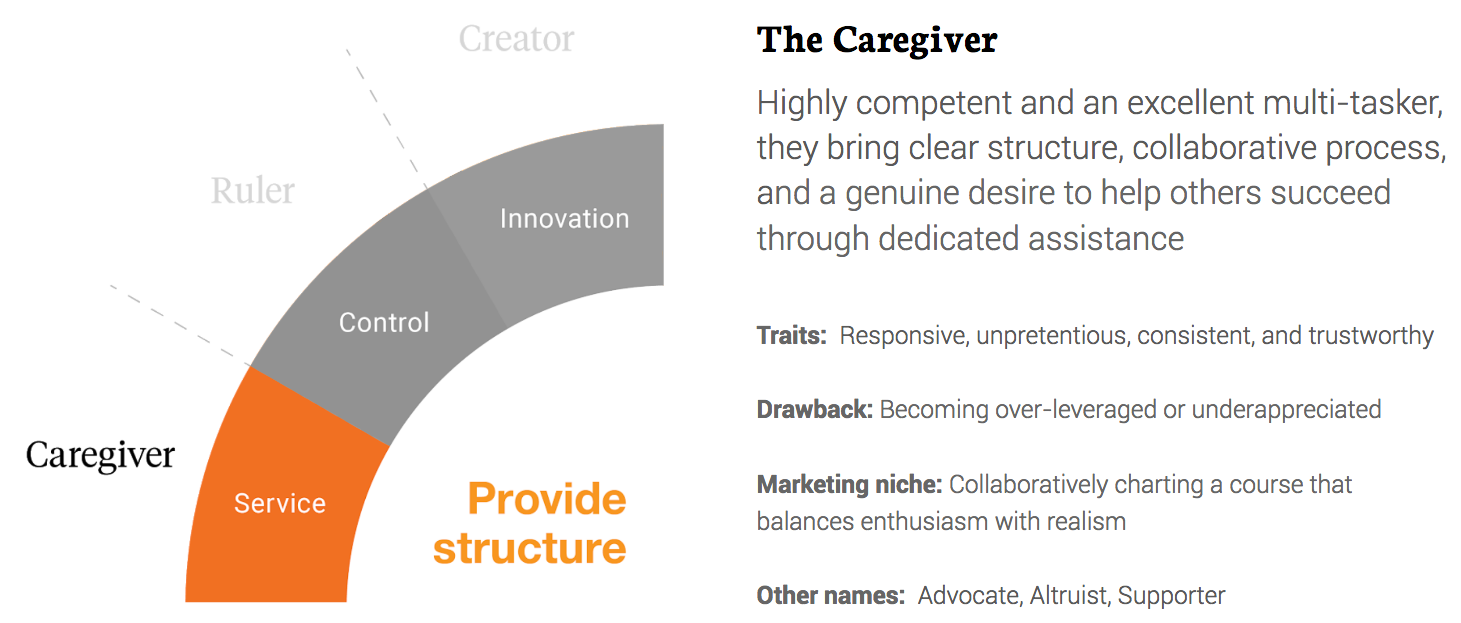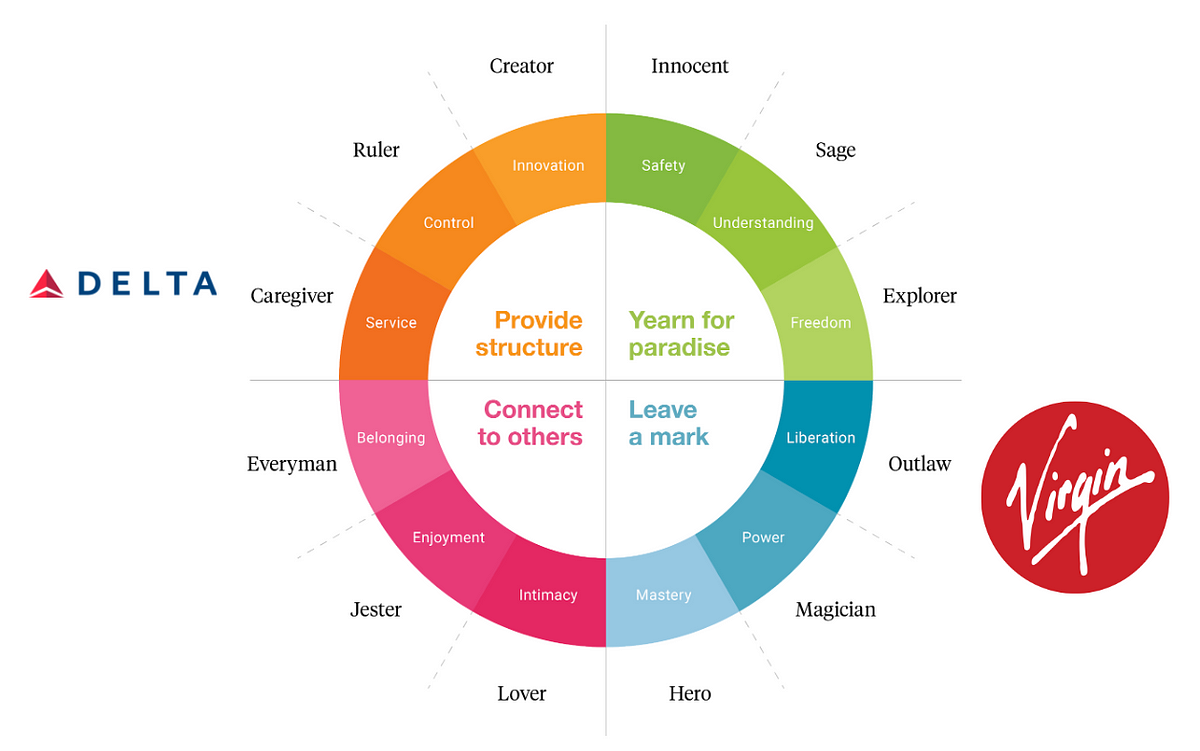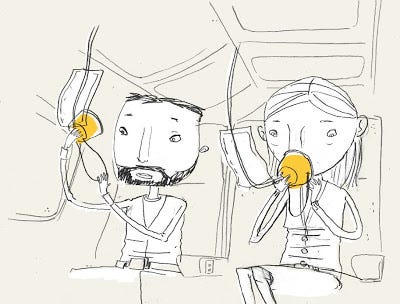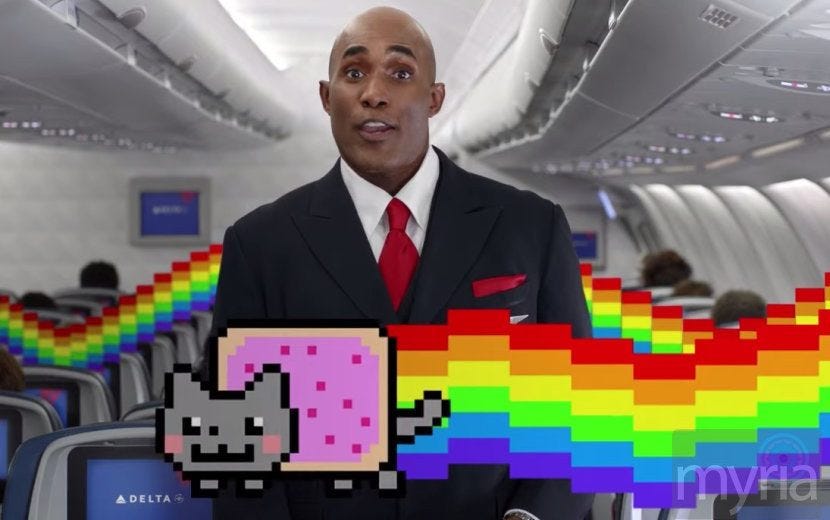Brands are more effective when they know who they are.
Jung’s archetypes are great for brands who are figuring that out.
Jung’s archetypes
Carl Jung was an enormously influential psychiatrist and psychoanalyst. Amongst the many important concepts in Jung’s system was the idea that a series of universal personality archetypes are held within the collective unconscious of people all over the world.
Jung defined twelve primary archetype to symbolize basic human motivations and behavior. We see these archetypes repeat in art, literature, and history. Who they are is collectively understood as these archetypes are fulfilled in similar ways, with similar motivations and actions. You see these archetypes crop up throughout literature, for example:
The Innocent: Tom Hanks as Forrest in Forrest Gump, Julie Andrews as Mary in Mary PoppinsThe Hero: Mark Hamill as Luke Skywalker in Star Wars, Mel Gibson as William Wallace in Braveheart
The Everyman: Elijah Wood as Frodo in Lord of the Rings, Jimmy Stewart as George Bailey in It’s a Wonderful Life
The Everyman: Elijah Wood as Frodo in Lord of the Rings, Jimmy Stewart as George Bailey in It’s a Wonderful Life
These archetypes are extremely useful in defining brands: what they are and what they’re not.
You can’t be everything to everyone
At SevenDesign we often work with brands who want to redefine or improve how they communicate. In order to help our partners clearly articulate to their audience what the brand is about, its benefits, and how it should make their audience feel, we start with exercises to bring the brand’s core identity, values & personality into focus.
During these exercises our clients are often eager to be everything at once. They want to be seen both as risky and innovative, as conservative andmainstream. Effective branding relies on clear positioning, consistent messaging, and a well defined identity; any attempt to be too many things at once can cause communication failure.
In these cases, Jung’s framework has proved invaluable for educating our clients in why picking a personality and sticking to it not only focuses and clarifies the brand’s value and marketing communications, it also helps prevent really awful marketing errors by anchoring the brand in a certain well-defined and understood archetype.
How archetypes drive brand behavior
Virgin and Delta are great examples of how brand personalities manifest in the wild.
On one hand you have Delta, The Caregiver. Very consistent, conservative and focused on providing their service.
On the other side you have Virgin, the Outlaw, looking to break rules, create revolution in their industry, and overturn what isn’t working.
You see how these different archetypes manifest themselves from top to bottom, from CEO, to plane cabin, to the in-flight entertainment and menu. Neither brand is right or wrong; they are simply positioned for different audiences and cater to them with different experiences.
When brands act out of character
When brands attempt to be everything to everyone—or worse, attempt to be something they are not—their communications become incoherent, unexpected and inconsistent with the brand personality they’ve built in the minds of their customer, which comes with some consequences.
A great example of this happened in 2007 when Virgin released a new in-flight airline safety video that was really fun and quirky. The video went viral, made the rounds in trade magazines and generated a lot of great PR.
Naturally, other companies looked to replicate Virgin’s success, but Delta went a little too far and created a safety video absolutely packed with internet memes:
The result was a fairly large backlash. It was widely ridiculed as inauthentic and the style just didn’t sit well with Delta’s brand. People saw it for what it was—a cynical and unsuccessful exploitation of internet culture. It simply wasn’t needed, and perhaps even caused damage, as it was in no way inline with their brand personality.
Conclusion
So what can new and changing brands take from Jung’s archetypes? Here are three key lessons:
- Pick an archetype: Read through Jung’s archetypes and figure out which archetype your brand resembles. Understand the strengths and weaknesses of your archetype, and ensure that your brand is communicating inline with your archetype.
- Be authentic: Be honest with who you are; your audience will smell a lack of authenticity a mile away.
- Remain consistent: Ensure your brand communications are representing your personality faithfully. Be consistent and stick to reinforcing your archetypes in order to maintain a clear and consistent brand.











